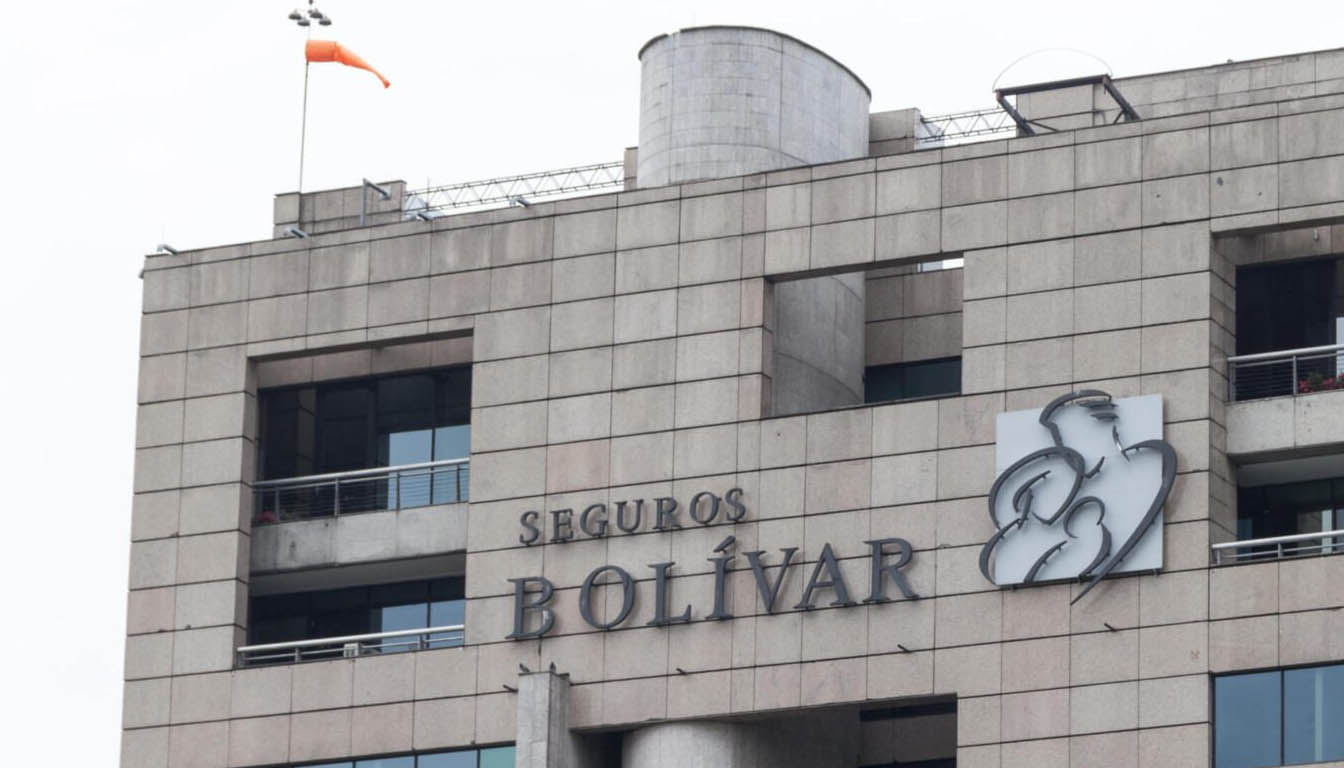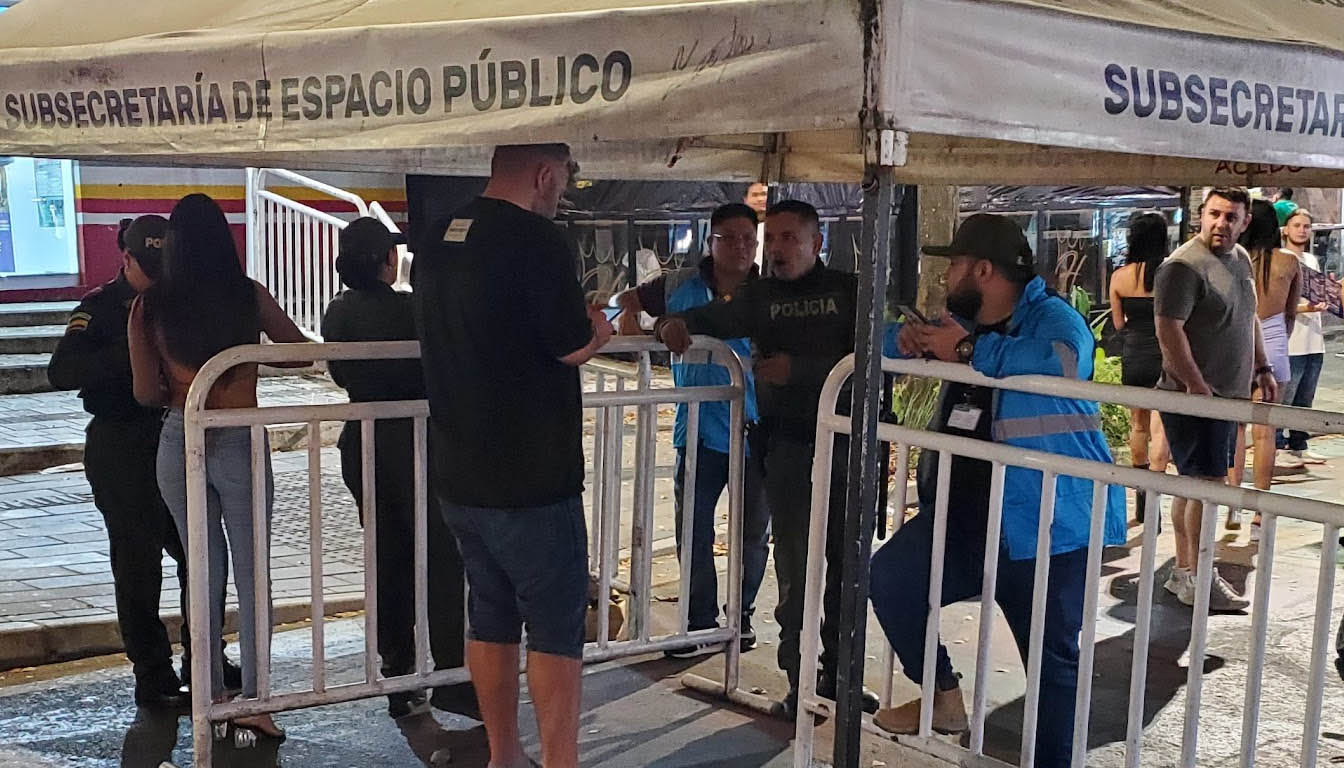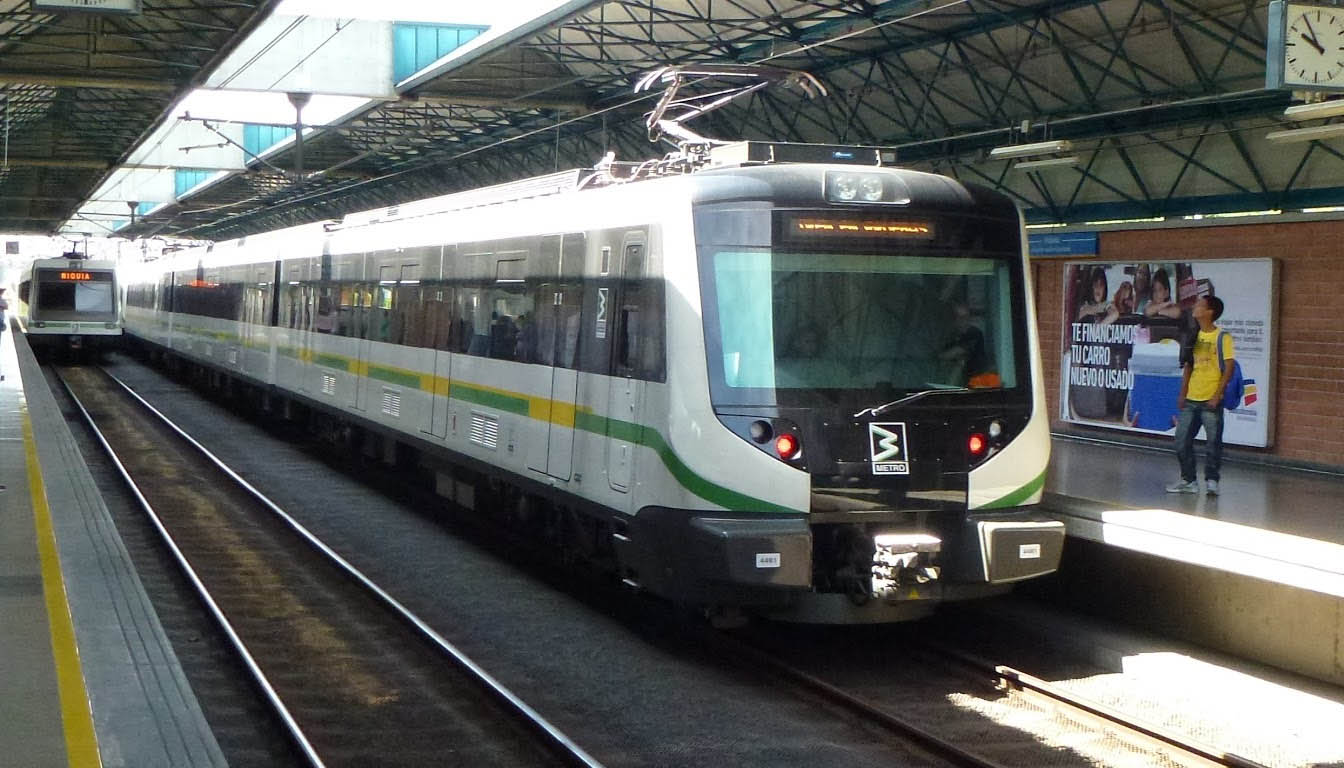The city of Medellin is expanding its metro system with the addition of a new Tranvia line in 2024. This new line will connect various areas of the city, providing safe, inexpensive, and easy navigation for residents and visitors.
Overview of the Medellin Metro System
The Medellin metro system is an essential part of the city’s electric local transport network, offering a convenient and efficient mode of travel. Spanning a distance of 34.5 km, the metro system comprises two lines, A and B, with a total of 27 stops. These lines run on both surface and elevated routes, connecting various areas of Medellin and providing seamless transportation for its residents and visitors.
The Medellin metro system incorporates state-of-the-art technology to ensure safe and reliable journeys. It utilizes a combination of trainsets manufactured by MAN/Siemens and CAF, known for their quality and reliability. The signaling technology has been modernized by Siemens Mobility, further enhancing the safety and efficiency of the metro network.
In addition to the traditional metro lines, Medellin boasts a network of cable rope lines called “Metrocable” that complement the metro system. The Metrocable lines provide access to hilly and hard-to-reach areas, offering panoramic views of the city while facilitating convenient transport.
The city also operates metro bus lines that further extend the reach of the public transportation network. These buses connect various neighborhoods and suburbs, providing an integrated system that ensures comprehensive coverage throughout Medellin.
The Medellin metro system, along with its complementary cable rope lines and metro buses, plays a crucial role in enabling the city’s residents to move within the urban environment easily. Its extensive coverage and reliable service contribute to reducing traffic congestion and promoting sustainable transportation options in Medellin.
The Translohr Tranvia Line
The Translohr Tranvia line, also known as “Tranvía Ayacucho,” offers a cost-effective alternative to traditional metro construction methods in Medellin. Spanning 4.3 km, this line follows existing roads, some of which are specially designated pedestrian zones. It connects various areas of the city, providing safe, inexpensive, and easy navigation for residents and visitors alike.
The Translohr Tranvia line utilizes 12 five-section Translohr trainsets, which are guided by a single central rail. This design ensures efficient and reliable transportation along the marked route. The line commences at the San Antonio interchange station, conveniently connecting passengers to the existing metro lines A and B.
The New Tram Line
The city of Medellin is embarking on an exciting new project to build a tram line along Avenida 80, connecting various areas of the city and enhancing the transportation infrastructure. This new tram line, spanning 13.3 km, will feature 17 stops and offer convenient interchange points with the existing metro lines A and B at three strategically located stations.
The construction of the tram line is scheduled to commence in 2023, with an anticipated completion and inauguration date set for 2027. The project, estimated to cost USD 760 million, will be financed through a collaborative effort involving the city, the region of Antioquia, and the central government.
To ensure the successful delivery of this ambitious venture, a Chinese-Portuguese consortium consisting of the renowned China Railway Construction Company and Mota-Engil has been selected to oversee the construction of the tram line. Their expertise and track record in delivering large-scale transportation projects make them well-suited for this significant undertaking.
The implementation of the new tram line will not only improve connectivity within Medellin but also provide residents and visitors with a safe, inexpensive, and efficient mode of transportation. This initiative demonstrates the city’s commitment to sustainable urban development and its dedication to enhancing the overall quality of life for its residents.
Benefits of the New Tranvia Line
The new Tranvia line in Medellin brings a range of benefits to the city, enhancing transportation options for both residents and visitors. This safe and reliable mode of transportation allows for easy navigation, connecting various areas of Medellin with convenience and efficiency.
One of the key advantages of the Tranvia line is its affordability. Traveling on the Tranvia is an inexpensive option, making it accessible to a wide range of people. Whether you need to commute to work, visit popular attractions, or explore different neighborhoods, the Tranvia line offers an affordable solution for your travel needs.
Moreover, the Tranvia line plays a crucial role in reducing congestion on the roads. By providing an efficient mass transit system, it encourages residents and visitors to opt for public transportation instead of relying on personal vehicles. This not only eases traffic flow but also contributes to a more sustainable and environmentally friendly transport system in Medellin.
“The Tranvia line offers safe, reliable, and inexpensive travel options, improving accessibility and connectivity within Medellin.” – Federico Gutierrez, Medellin Mayor
With its safe navigation, cost-effectiveness, and positive impact on traffic congestion, the new Tranvia line brings significant benefits to the city of Medellin. It is set to transform the way people travel, making transportation within the city more convenient, efficient, and sustainable.
Arup’s Involvement in the Project
Arup, a global engineering firm, played a crucial role in the planning and design of the new Tranvia line in Medellin. They brought their expertise to the project, conducting a comprehensive value engineering study to optimize the design of the tramway. The study focused on increasing functionality while reducing costs, ensuring an efficient and cost-effective solution for the city.
Arup’s involvement extended beyond just engineering. They led multidisciplinary studies to refine the tramway’s urban design, taking into account the unique characteristics of Medellin and its surrounding areas. These studies aimed to reduce the environmental impact of the project while enhancing the overall railway infrastructure design.
Their input resulted in the creation of a highly functional, sustainable, and cost-effective design for the Tranvia line. By leveraging their expertise in value engineering and multidisciplinary studies, Arup contributed to the seamless integration of the new tramway into Medellin’s existing transportation network. The collaboration between Arup and local stakeholders ensured that the design of the Tranvia line meets the specific needs of the city and its residents.
Environmental Considerations and Economic Impact
The construction of the new Tranvia line in Medellin takes the environment into consideration, implementing measures to minimize its impact. The project aims to prevent air and noise pollution, ensuring a sustainable and eco-friendly transportation system for the city. Additionally, efforts have been made to avoid the logging of nearby trees, maintaining the natural beauty of the surrounding areas.
Furthermore, the construction of the Tranvia line will have a positive economic impact on Medellin. During the construction phase, an estimated 1,500 jobs will be created, providing employment opportunities for the local community. This infusion of job opportunities will contribute to economic development in the region, stimulating growth and prosperity.
Once completed, the Tranvia line will continue to generate job opportunities through its operation and maintenance. Direct and indirect employment opportunities will arise, further boosting the local economy. The line will also contribute to urban renewal, revitalizing the western part of Medellin and attracting investment.
Conclusion
The addition of the new Tranvia line to the Metro Medellin system in 2024 is set to revolutionize transportation in the vibrant city of Medellin. This new line will create seamless connections between various areas, providing residents and visitors with a safe, efficient, and affordable mode of transportation.
The Tranvia line will be a game-changer for Medellin’s transportation system, offering a reliable way to navigate the city’s bustling streets. By providing an inexpensive option for travel, it will help alleviate congestion on the roads and reduce reliance on personal vehicles, contributing to a more sustainable transportation ecosystem.
With its user-friendly and easily accessible system, the Tranvia line will enhance connectivity and accessibility throughout Medellin. Whether you’re exploring the vibrant cultural scene or commuting to work, the Tranvia will make your journey hassle-free and enjoyable. The new line marks an important milestone in Medellin’s continuous efforts to improve its transportation infrastructure and enhance the quality of life for its residents.
FAQ
When will the new Tranvia line be added to the Medellin metro system?
The new Tranvia line is scheduled to be added to the Medellin metro system in 2024.
How long is the current Medellin metro system?
The current Medellin metro system consists of 34.5 km of track.
How many stops are there in the Medellin metro system?
The Medellin metro system has a total of 27 stops.
What type of trainsets are used in the Medellin metro system?
The Medellin metro system uses trainsets from MAN/Siemens and CAF.
What is the Tranvía Ayacucho line?
The Tranvía Ayacucho line, also known as the Translohr Tranvia line, is a 4.3 km line that runs along existing roads in Medellin.
Where does the Tranvia line begin?
The Tranvia line begins at the San Antonio interchange station.
Where will the new tram line be built?
The new tram line will be built along Avenida 80 in Medellin.
When is the inauguration of the new tram line?
The inauguration of the new tram line is planned for 2027.
How will the new Tranvia line benefit the city of Medellin?
The new Tranvia line will provide a safe and affordable mode of transportation, reduce congestion, and contribute to a more sustainable transportation system.
Which consortium will build the new tram line?
The new tram line will be built by the China Railway Construction Company and Mota-Engil consortium.
What was Arup’s role in the new Tranvia line project?
Arup was involved in the planning, design, and optimization of the new Tranvia line, conducting value engineering and multidisciplinary studies.
What environmental considerations were taken into account in the construction of the new Tranvia line?
Measures have been implemented to prevent air and noise pollution, as well as the logging of nearby trees during the construction of the new Tranvia line.
What economic impact will the new Tranvia line have?
The construction of the new Tranvia line will create an estimated 1,500 jobs and contribute to urban renewal and economic development in western Medellin.
















